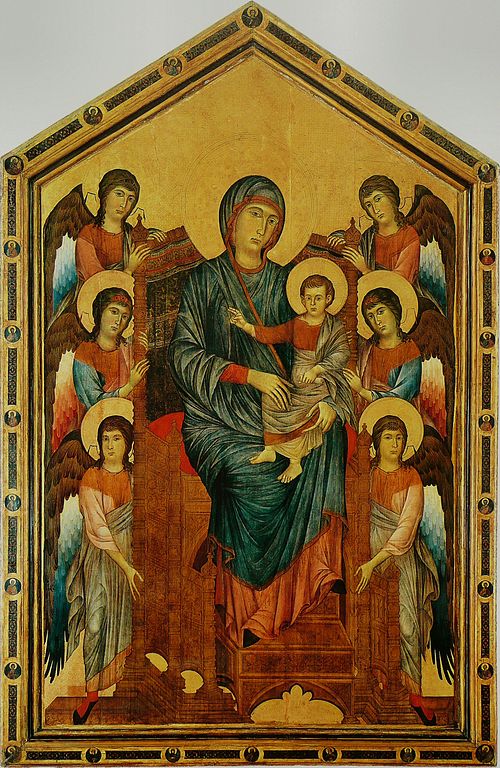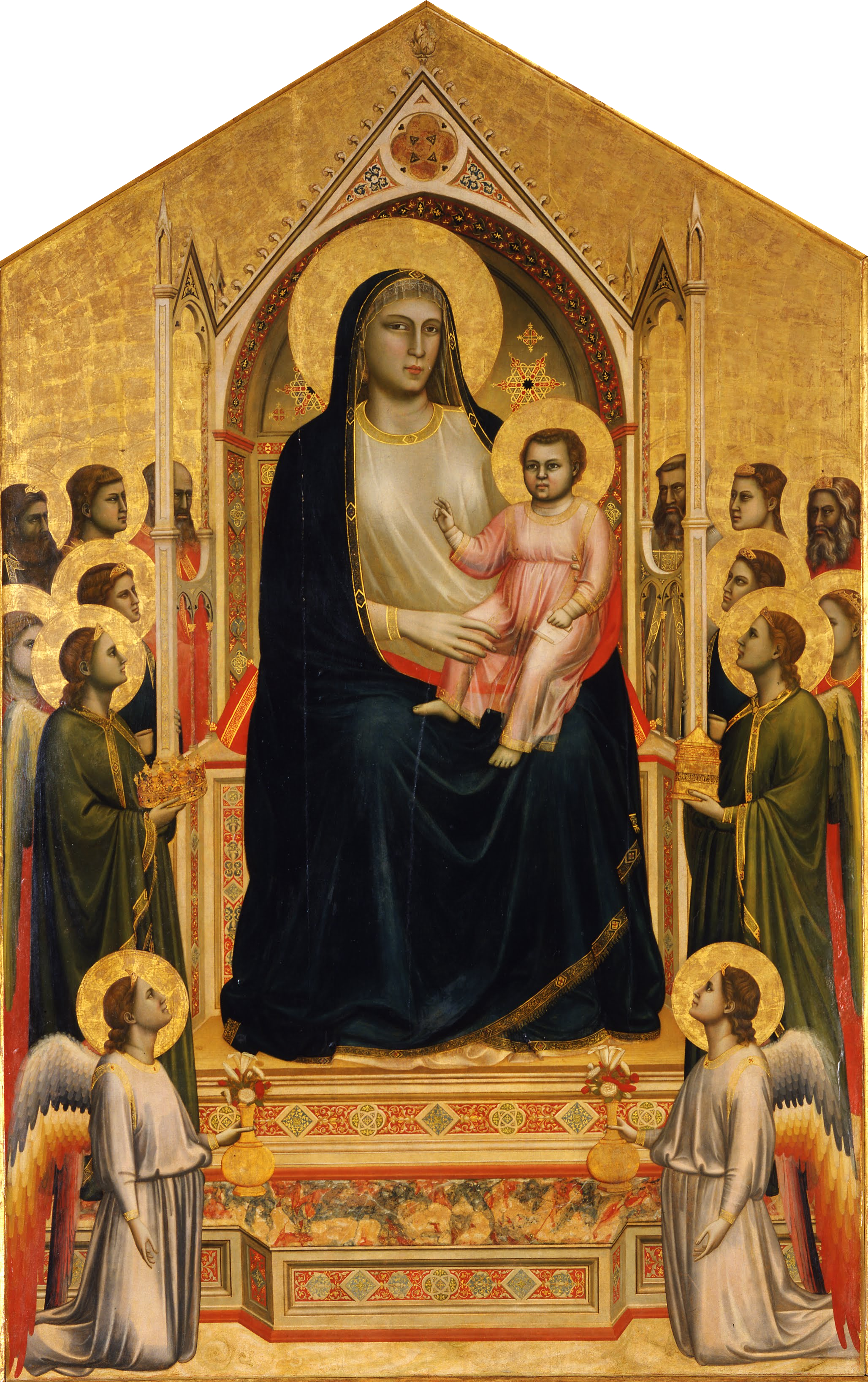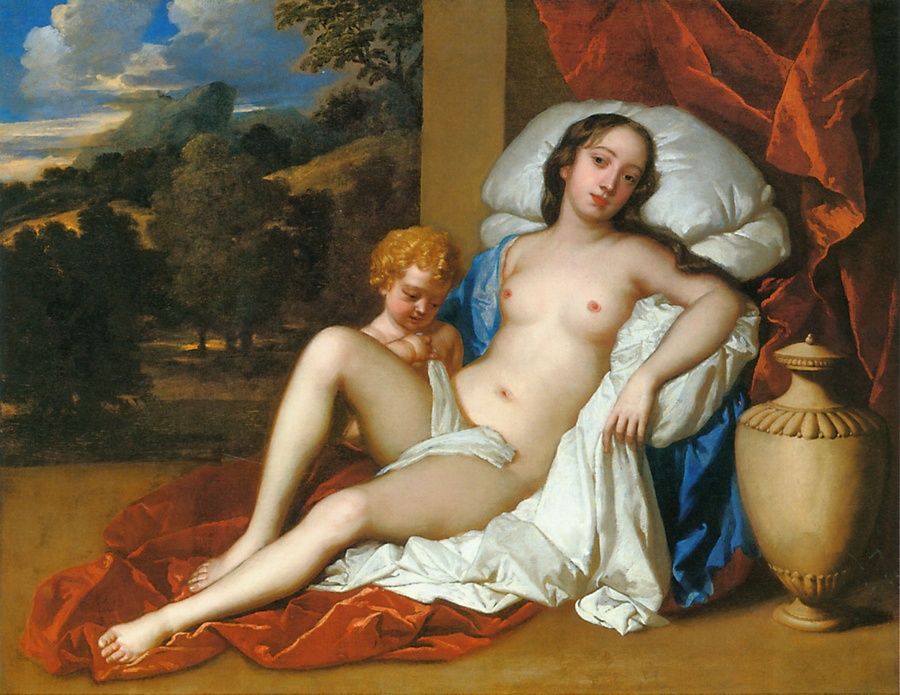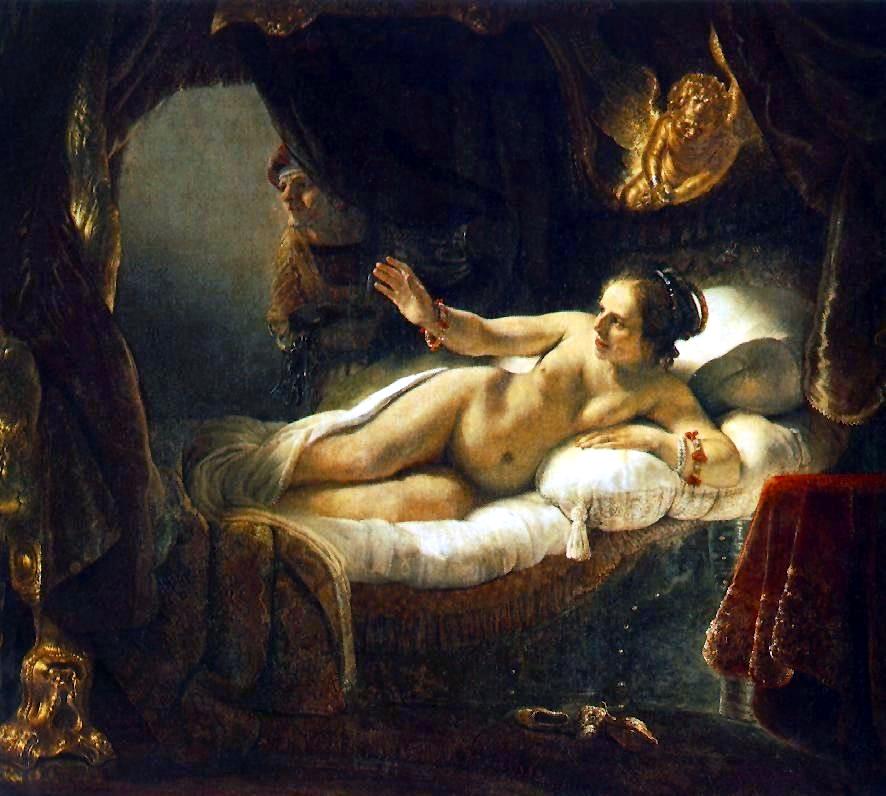The following is best viewed on a latptop or desktop.
This interactive gallery is a sneak peak, an amuse-bouche
French for "Mouth Amuser", served at the begining of a meal. Amuse-bouches are different from appetizers in that they are not ordered from a menu by patrons but are served free and according to the chef's selection alone
of a larger project around building tools that help people develop their taste. We'll take a moment to compare two pieces addressing the same subject across a couple of mediums. It shouldn't take more than five minutes or so, and for each of these comparisons, I prefer one depiction to the other. I wonder if we'll agree!
First up, we have two renditions of Rachmaninoff's third piano concerto, one recent, one older.
Next, two paintings of the Madonna, from a master and their student.


Now, two poems by two friends on the same Egyptian king.
In Egypt's sandy silence, all alone,
Stands a gigantic Leg, which far off throws
The only shadow that the Desart knows:—
"I am great OZYMANDIAS," saith the stone,
"The King of Kings; this mighty City shows
"The wonders of my hand."— The City's gone,—
Nought but the Leg remaining to disclose
The site of this forgotten Babylon.
We wonder,—and some Hunter may express
Wonder like ours, when thro' the wilderness
Where London stood, holding the Wolf in chace,
He meets some fragment huge, and stops to guess
What powerful but unrecorded race
Once dwelt in that annihilated place.
I met a traveller from an antique land,
Who said—“Two vast and trunkless legs of stone
Stand in the desert. . . . Near them, on the sand,
Half sunk a shattered visage lies, whose frown,
And wrinkled lip, and sneer of cold command,
Tell that its sculptor well those passions read
Which yet survive, stamped on these lifeless things,
The hand that mocked them, and the heart that fed;
And on the pedestal, these words appear:
My name is Ozymandias, King of Kings;
Look on my Works, ye Mighty, and despair!
Nothing beside remains. Round the decay
Of that colossal Wreck, boundless and bare
The lone and level sands stretch far away.”
And finally, two nudes.


Comparison may be the death of joy, but it is the root of taste. I hope these comparisons provoked you in some way... If you were wondering, I preferred those on the right hand side. Do you agree? If so, why? If not, why?
Attribution of the pieces in order:
- Rachmaninoff, Third Concerto, Second Movement by Yuncham Lim and Martha Argerich
- "Maestà" by Cimabue and "Madonna Ognissanti" by Giotto
- "Ozymandias" by Horace Smith and "Ozymandias" by Shelley
- "Nell Gwynne" by Sir Peter Lely and "Danae" by Rembrandt

Much of my thinking in this space has been influenced by John Berger, especially his first and third textual essay as well as second visual essay in his "Ways of Seeing". By extension, I'm also influenced by Walter Benjamin's essay The Work of Art in the Age of Mechanical Reproduction. And also a big thank you to Megan Ruppel for many fruitful conversations on this topic.
More Soon →